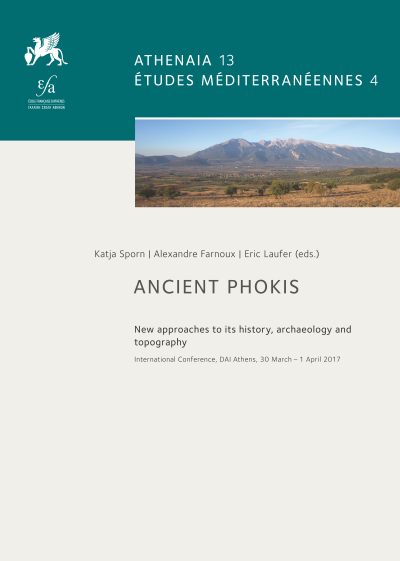Phocis in the Aetolian League. Self-abandonment or self-assertion?
https://doi.org/10.34780/2d67-g32j
List of Contributors
- Peter Funke [Author]
Synopsis
Abstract The victory over the Celts in 279 B.C. and the fact they were the only serious anti-Macedonian power in Greece bestowed the Aetolians with prestige. In the eyes of other states, they appeared as a welcome or at least the only possible ally against the Macedonians. Step by step, all smaller koina in Central Greece became members of the Aetolian League. However, the date and the duration of the membership are difficult to estimate even approximately, as we are very much dependent on the analysis of the lists of representatives (hieromnemones) among the Pylaeic-Delphic amphictyony members. Increase and decrease in Aetolian votes in the amphictyonic council correlates with the integration of the amphictyony’s formerly politically independent members. Nevertheless, this correlation is not as mechanistically provable as often suggested. This is particularly the case with regard to the relations between the Phocians and the Aetolian League. The increasing number of Aetolian votes in the amphictyonic council in the early 250s and again in the 230s can be interpreted as an intermittent or at least partial integration of the Phocian koinon in the Aetolian League. Still, the Phocians’ changing number of votes in the amphictyonic council indicate that they tried to remain as autonomous as possible.
Keywords Phocis, Aetolian League, Federalism, Pylaeic-Delphic amphictyony




